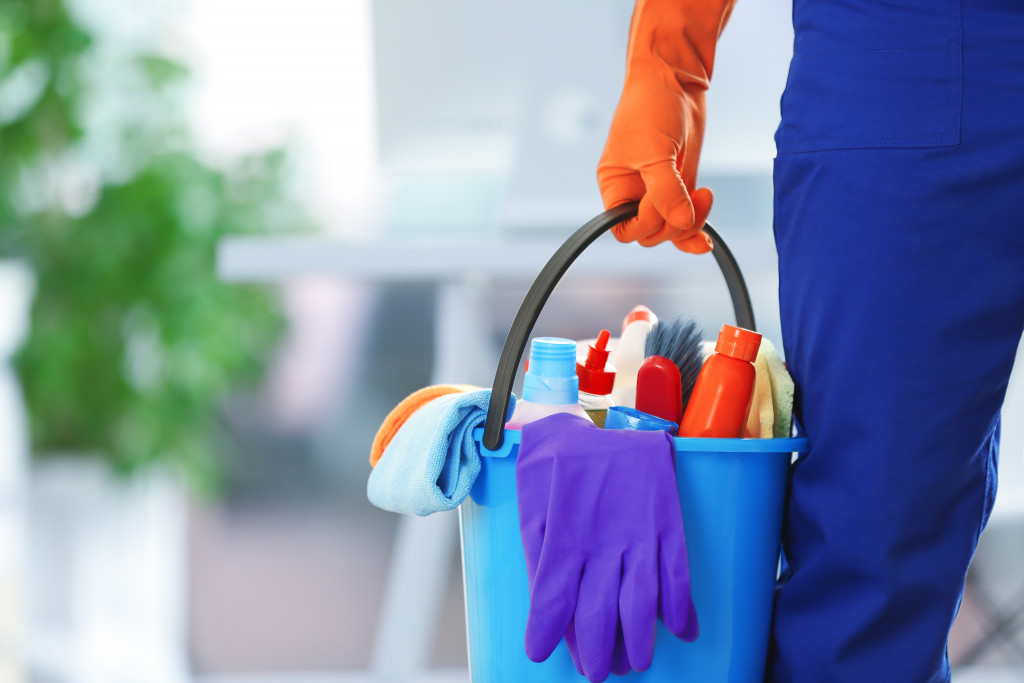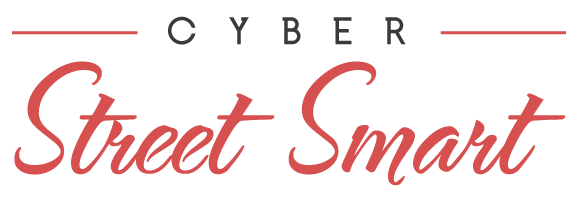When we think of occupational hazards, truck drivers, construction workers, and manufacturing workers often come to mind. We imagine the freak accidents and morbid injuries these workers suffer every year. But in reality, all jobs have some level of safety risk. An accountant, for example, might slip and fall while walking to the printer. A cook might get cut because their hand slipped while chopping ingredients.
While certain jobs are indeed safer than those that involve more physical labor, the injury risks they pose can just as be as bad if something goes wrong in their workplace. Some victims might even need the help of a surgeon or an experienced brain injury attorney. So if you want a job with virtually zero safety hazards, avoid these surprisingly dangerous occupations:
1. Home Health Workers
Despite working at their clients’ homes almost 24/7, home health workers are more strained than other healthcare workers. If you haven’t guessed why yet, look at the first phrase again: they work 24/7. Worse, according to a study published in the National Library of Medicine, they only get paid for 12 hours.
But it’s not just the laborious work that puts the health of home health workers at stake. They also face risks of abuse and violence from their clients. Informal caregivers, such as people caring for an elderly or ill family member, or social assistance workers, face these risks the most.
A survey regarding these risks was also published in the National Library of Medicine. It revealed that 22% of home health workers experienced at least one incident of verbal abuse in the last 12 months. Clients with dementia, homes with small spaces for the caregivers to work, and predictable working hours were found to be the common factors in the incidents of verbal abuse. And, although not as strongly, two more factors were associated with it, such as clients with limited mobility and an unclear plan for care delivery.
It was also found that home health workers who report verbal abuse were 11 times more likely to report physical abuse.
Clearly, though caring for someone can be a fulfilling experience, it’s also stressful and potentially unsafe. It’s made worse by the fact that home health workers receive inadequate pay. Family caregivers and social assistance workers may not even receive monetary compensation at all. If you want to be a home health worker, consider these risks before pursuing the job. You may be better off as a hospital-based health worker.
2. Cleaners and Janitors

We have janitors and cleaners to thank every time we walk into a clean and tidy building. But in the process of cleaning buildings, janitors and cleaners face a host of safety hazards.
In 2010, janitors and cleaners suffered more than 46,000 injuries, which hindered their ability to work for days. Their occupation had the 16th highest injury rate of all occupations that year.
The most common safety hazards they face are harmful chemicals, overexertion, and repetitive movements, and slips, trips, and falls. Janitors and cleaners could inhale the harmful chemicals of their cleaning products, risking their health. Overexertion and repetitive movements strain their musculoskeletal system, leading to injuries or disorders. And of course, slip, trip, and fall hazards like wet floors can be fatal.
Adequate worker training and adherence to OSHA guidelines are the best ways to prevent injuries among cleaners and janitors. They should be given personal protective equipment (PPE) as well.
3. TV or Film Production Crews
Film-making or shooting a TV show may sound like a thrill, but in reality, it poses considerable risks for production crew members. Just this year, on October 21, the shooting of “The Rust” resulted in 43 deaths and 150 people sustaining “life-altering injuries.”
The tragedy occurred after Alec Baldwin fatally shoots the movie’s cinematographer using a prop firearm. This incident prompted the U.S. film industry to re-evaluate its safety rules. Each set has different rules, but they all must abide by OSHA standards. That is, “to provide a safe and healthful workplace.” However, the OSHA only recommends but does not require, filming sets to have a written safety plan. This is the possible reason stuntmen, production crews, and even actors themselves are always at risk during filming.
4. Actors
Actors may be a lot safer compared to the production crew and stuntmen, but malpractices during filming can also put their lives at stake. One case is of Brandon Lee, who was shot by a real firearm while shooting “The Crow.” Another tragic case is of Vic Morrow and two child actors, who were killed when a helicopter crashed on them on the set of “Twilight Zone.”
If these safety risks and hazards didn’t deter you from your dreams, that’s alright. What’s more important is that you know what you’re signing up for. As early as now, find an experienced lawyer or any other kind of personal injury lawyer, so that you’d know your rights if an incident occurs in the future.






